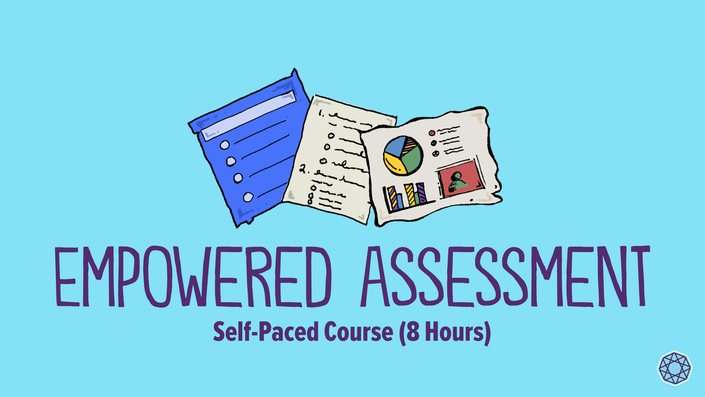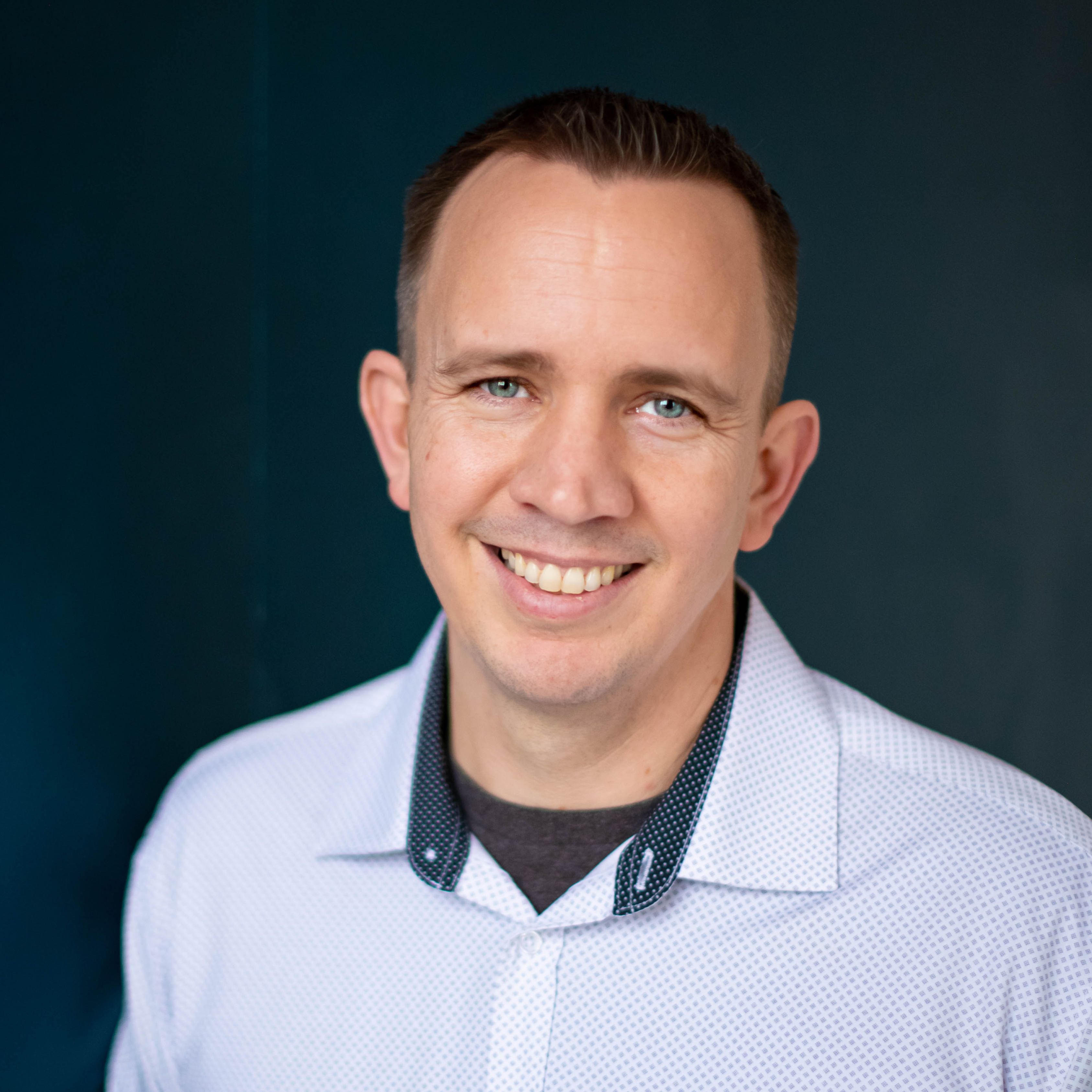
Empowered Assessment
A Student-Centered Approach to Assessment, Feedback, and Grading
Want to Shift Toward Student-Centered Assessment?
Assessment is all around us. If you’re a skater at a skatepark, you’re engaging in self-assessment every time you reflect on your progress and plan next steps.If you’re a runner training for a marathon, you look at time splits and compare it to your goals. If you’re a musician, you’re engaging in assessment every time you listen to yourself play and make modifications on your approach.
Assessment helps us figure how what we know, what we don’t know, and what steps we need to take in the future to master a skill or understand a concept at a deeper level.
But what does this mean in the classroom? Check out the following video:
It starts with self-assessment. Here students engage in goal-setting: where they set goals, plan their approach, and keep track of the progress. They also engage in self-reflections. Here, they can reflect on their learning process but also focus on the strengths and weaknesses of their products, which then leads to new iterations. When projects are done, they can present their work in a portfolio, where they reflect on what they’ve learned.
Peer assessment is also important. One option is the 10-minute peer feedback system. Or you could use the 3-2-1 Structure or the feedback carousel. Or you could keep it more open-ended with peer coaching.
This shift toward self-assessment and peer assessment can free you up to provide more meaningful feedback to students. You can craft better rubrics and engage in one-on-one conferencing. You become the guide on the side that provides vital feedback and guides students in their self-reflection while also empowering students to continue to own the assessment process wherever they go.
This empowered approach to assessment can help boost student self-efficacy and self-awareness. They improve int their metacognition, which helps them determine what they know, what they don't know, and what they need to do next:
The more we can integrate student-centered assessments into our lessons, the better prepared our students will be for the creative life and for life-long learning.
In this course, we explore how to design each of these self-assessment and peer assessment prototocols. We'll also examine how we can provide more meaningful feedback in student work and how we can align this student-centered approach to our current grading systems and philosophies.
Ultimately, when you design and implement student-centered assessments, we empower students to own the learning process and that's something that your students will remember forever.
You're In the Right Place
If you're here, there's a good chance you’re probably curious about how you can empower students to own the assessment process. Maybe you’ve tried to craft self-assessments and peer assessments before but they fell flat or they weren’t aligned to the standards. Perhaps your students struggled with how to give one another meaningful feedback.
For me, it was an issue of control. I had provided my students with voice and choice in project-based learning but I was afraid to give students voice and choice in the assessment process. I was afraid they would be inaccurate in their judgments and I was worried that they wouldn't know how to engage in meaningful peer assessment. When I later attempted a writer's workshop, students struggled. Some students were bored and off-task. Others gave vague feedback, like, "Nice work" and "Good job."
Initially, I gave up and declared it a failed experiment. Later, though, I tried something different. I would have students engage in peer assessment but I would do so in a structured way. We would use sentence frames for ELL students. I would give visuals and break down tasks for exceptional learners. We would practice doing feedback together.
It worked.
Similarly, students initially struggled with self-reflections until I made a few small tweaks and later introduced other self-assessment strategies.
For the last few years, I’ve led training throughout the world on how to empower students. One of the key areas has been student ownership in the assessment process. I’ve surveyed teachers who are just starting out on this journey. Here are the most common questions I see:
How do I craft meaningful and authentic assessments?
How do I align student-centered assessments to my standards?
How do I help students provide each other with meaningful feedback that they actually use?
How can I make time for self-assessment and peer assessment?
How do I save time as a teacher and free myself up to give better feedback in conferences and on rubrics?
How can I ensure exceptional learners and ELL students have access to student-centered assessments?
Where do I start?
Sound familiar?
These are the questions we all ask along the way. These were the same types of questions I had early on in my own journey.
But at the time, I had to learn through trial and error. I spent years figuring out what to do. I read up on the research, interviewed experts, and tried different strategies with my middle school students.
My goal is to save you time on that trial-and-error and provide a blueprint for empowering students to own the assessment process. Will there still be trial and error? Of course! That's part of the fun in experimenting as a teacher. But you can also do so by building on best practices.
Introducing the Empowered Assessment On-Demand Course
This course offers an initial exploration of student-centered assessments. I walk you step-by-step through the process and share key insights along the way.
- Easy-to-follow modules? YES
- Instructional videos? YES
- Protocols you can use and modify? YES
- Sample assessment templates that you can modify for your classroom? YES
About This 5 Module Course
This course is grounded in proven principles and strategies that work. It’s broken down into simple, step-by-step modules that allow you to walk through the entire process. Each module will leave you with resources, optional extensions, and an easy-to-follow action item as you begin your journey toward student-centered assessment.
No guesswork.
No reverse engineering.
No more hours or searching the internet for something that makes sense.
Twelve Hours of On-Demand Professional Learning
This course is designed to take 10 hours total. Because it is self-paced and on-demand, you get to decide when and where you spend those ten hours. You can access it on virtually any device and pace it out according to your own schedule.
Each module begins with a practical, how-to video, followed by a chance to practice what you've learned by engaging in a hands-on assignment as you move toward creating your own assessment toolkit. Afterward, you can reflect on your learning by engaging in an online discussion.
There are five modules that each take
- 15-30 minutes: reading and video
- 90-105 minutes: individual assignment
- 15 minutes: discussion
There is also 25 minutes built in for exploring additional resources (and exploring the course initially) as well as 20 minutes for final reflections, revisions, and sending materials for your course certificates.
How This Course Works: Easy as 1-2-3
- You will start the day’s module by reading the text and watching 15-30 minute video.
- You will then apply what you learned by completing an action-oriented assignment.
- You will reflect on your learning and engage with a community in the discussion area.
School or District Bulk Licenses
If you're interested interested in providing this self-paced professional development for your whole staff, please fill out the form below and my team will get back to you within 24 hours
About Your Teacher

John is a former middle school teacher and current professor of educational technology. John creates books, podcasts, articles, and resources designed to empower teachers to transform their classrooms into bastions of creativity and wonder. He is an expert on project-based learning, design thinking, and empowering students with voice and choice.
Course Overview: Videos, Lessons, and Resources
-
StartLesson 1: Introduction to Student-Centered Assessment (10:41)
-
StartLesson 2: Self-Assessment (33:47)
-
StartLesson 3: Peer Assessment (24:15)
-
StartLesson 4: The Teacher's Role in the Assessment Process (34:45)
-
StartLesson 5: Grading Systems and Philosophies (14:00)
-
StartGetting Your Course Certificate
